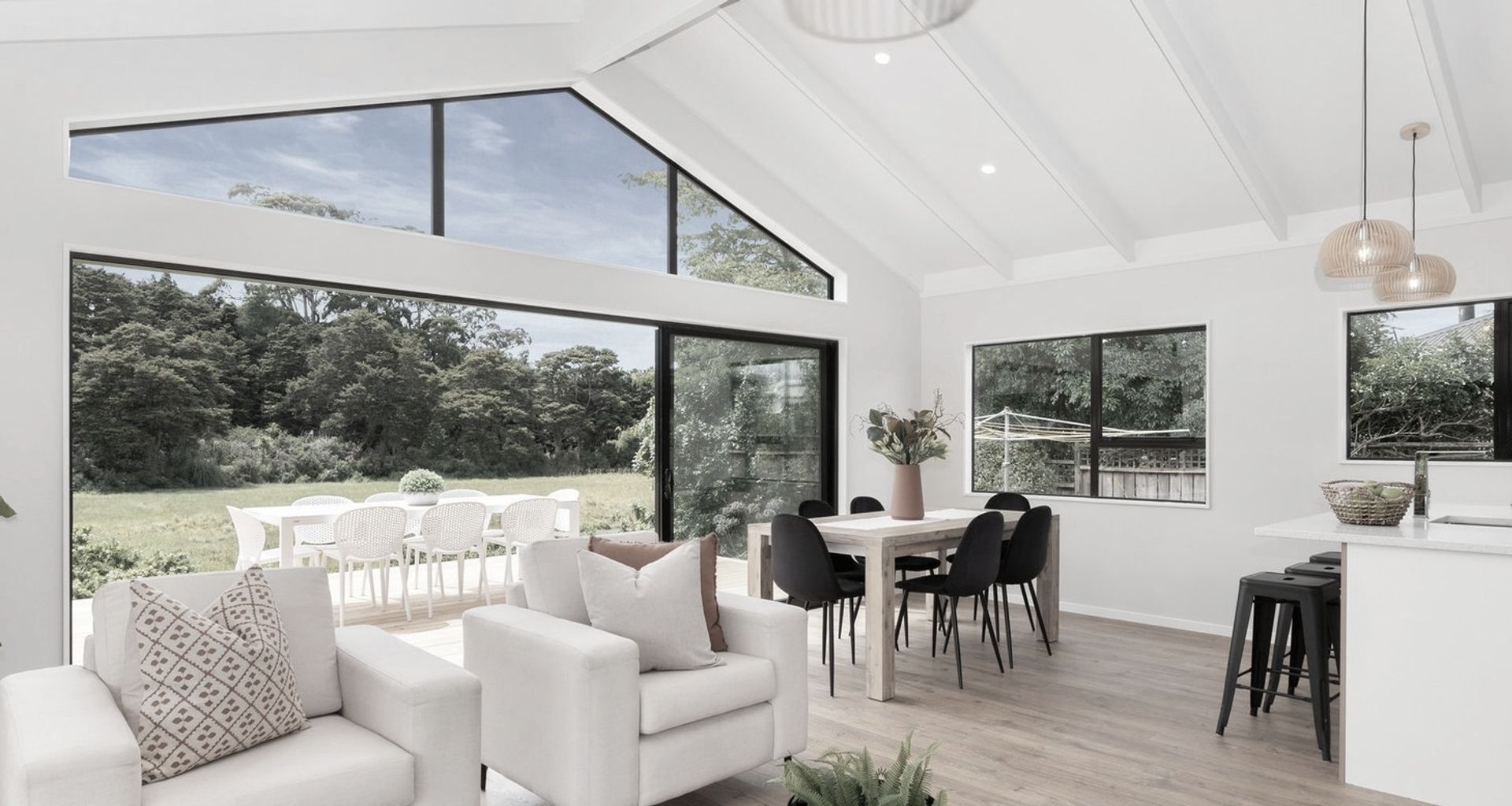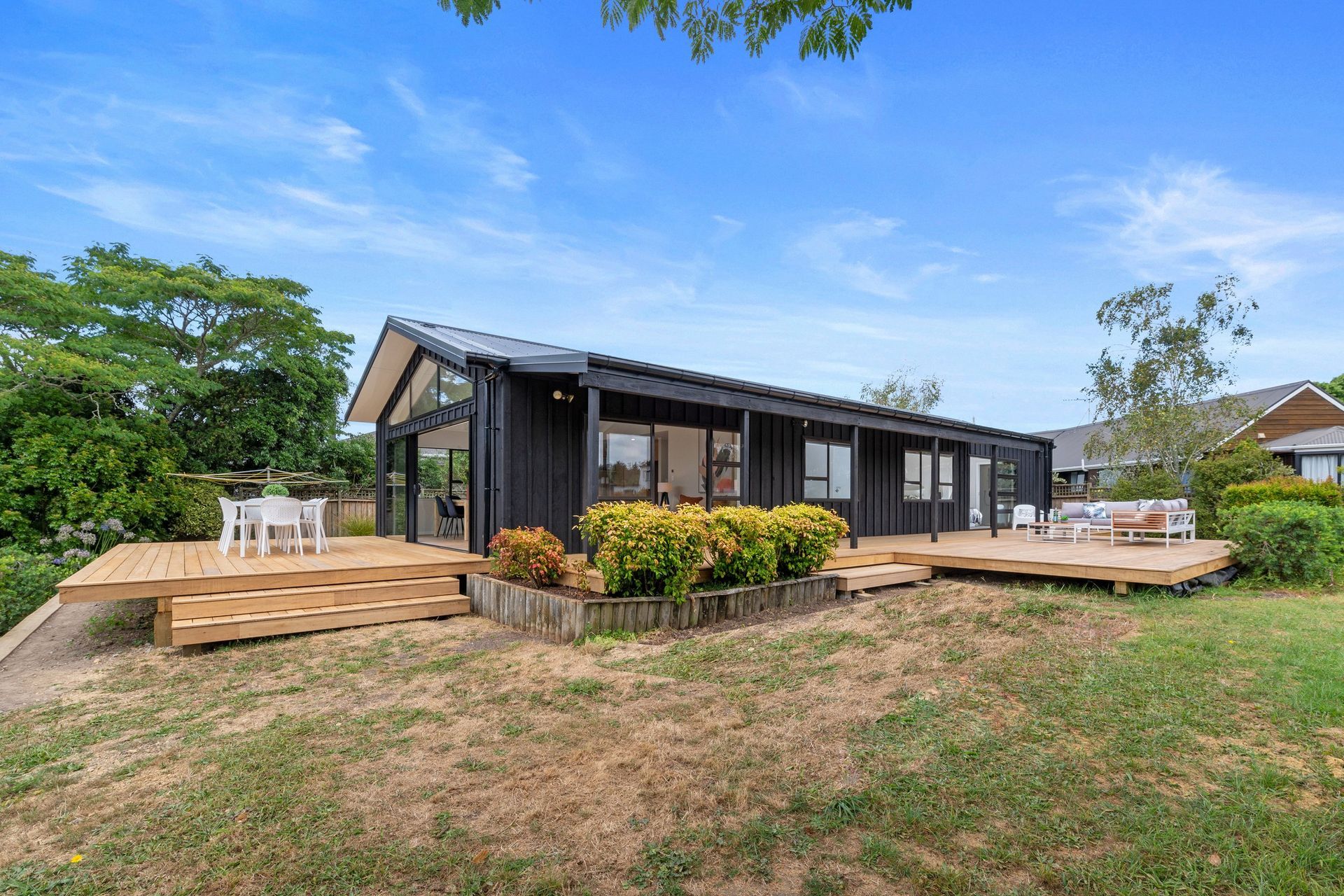How building trends have changed from pre- to post-pandemic
Written by
09 November 2022
•
4 min read

ODGE has always been a company open to fluid changes. The company, a specialist in new builds and renovations, was originally based in Fiji. After building many stunning resort-style homes that catered to the specific needs of both expatriate clients and the climate in the island nation, ODGE’s directors Oliver and Emma Rich decided to come back home to Aotearoa – bringing their expertise with them.
Upon arriving in New Zealand in 2019, they immediately saw how much the architecture and construction industries had changed in the years they’d been gone. But with 20 years of experience under their belt in both New Zealand and overseas and versatility being a central aspect of their brand’s identity, Oliver and Emma resolved to get to know the market like the back of their hand – like they had in Fiji.
They talked to industry professionals and architects, homeowners and other clients, all of whom had different ideas about the direction of building in New Zealand. Most of all, they gained perspective from their own work in projects throughout Auckland: a full renovation in Devonport, an alteration and renovation in Huapai and seismic restrengthening works inside the old Royal Theatre in Kingsland among some of the projects they have been working on since their relocation back home to Auckland.

A gradual shift in perspectives and priorities
So what trends are they seeing in the architecture and construction industries?
“I think one of the biggest things is how much the pandemic has had an impact on the design of people’s homes,” says Emma. “A lot of people have decided to downsize – sometimes to tiny homes, which are a trend in and of themselves. Within the layout of the home itself, things like home offices have become much more popular as remote and hybrid working has become normalised.”
Features like large sliding doors or other partitions have become common ways to achieve this, especially in smaller spaces. When more space is available, self contained or even detached home offices are becoming increasingly popular.
Oliver says both homeowners and architects want spaces to feel more open and less formal than in years past.
“While open-plan living has been a favourite in New Zealand for a while now, I think it’s becoming even more so,” he says. “People are smarter about how they use spaces – there are fewer instances of formal lounge rooms, for example, and there are spaces that kids can use as their own area that are separate from the main living areas.”
Stakeholders are becoming smarter when it comes to products and materials too, Oliver says.
“People are much more aware of sustainability initiatives, and there’s much more of an appetite to reflect this in their homes,” says Oliver. “They care more about the longevity, quality and efficiency of materials. This generally means less plastics and other short-life products, in favour of timber cladding and European-style roofing, like tray roofs.”
Part of this change is attributable to the recent changes to the Building Code – especially the H1 section, which governs a building’s energy efficiency. With increasing minimum standards and R-values ascribed to features like doors and windows, many new builds will have little choice but to level-up the efficiency of their home – and the building infrastructure and landscape reflects this.

ODGE: Leading the charge on sustainability
And this isn’t just for homeowners and architects – Oliver says that even his team are becoming more conscious about higher quality products and the benefits of using them.
“There’s definitely been a shift in mindset,” he says. “When I was coming up in my apprenticeship, the mentality was ‘get over it and get it done’. Efficiency and quality in materials wasn’t as much of a concern.
“Whereas now, my guys are wanting to use better products because they’re not only better to work with but also better for the environment. Everybody’s conscious of that kind of thing these days.”
Emma says this outlook not only benefits the homeowners and the final product of their home, but it also complements the way ODGE has always conducted its business.
“I think it's been good for us, because we've always been a really personalised service,” she says. “Right from the beginning at the design stage, we work really closely with our clients – sitting down and getting to know the family, their wants and needs, how they want to use the space and brainstorming together to work towards a really cool result.
“Getting a feel for their passion right at the beginning helps us carry that feeling throughout the whole project until completion.”
Learn more about ODGE and its expertise and offerings.